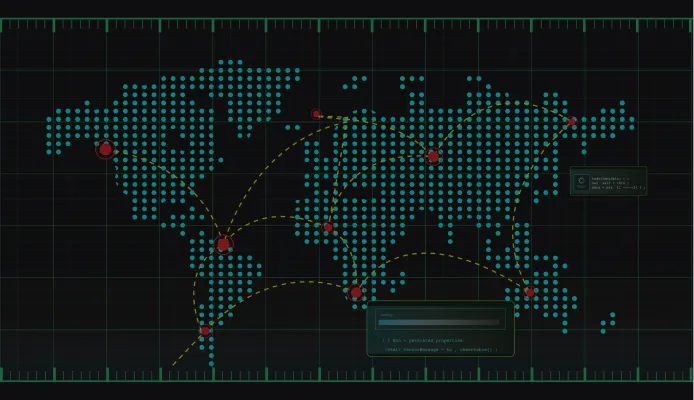

Zero-day and Emerging Threats Defense




There were 97 zero-day vulnerabilities exploited in 2023, up from 62 in 2022. And increasingly, security operations teams have to keep up with news and updates on vulnerabilities that are found regularly, in addition to their day jobs. With the proliferation and sophistication of cybersecurity products, malicious actors will focus more on zero-days to gain access to organizations. The MOVEit zero-day is a prime example of the widespread effect a single zero-day can have. So, SOC teams challenged with staying up-to-date with zero-days and emerging threats need a way to effectively track, detect, and remediate these threats to their organizations.
Since zero-days are vulnerabilities that have not yet been identified, organizations need to know and understand the underlying Tactics, Techniques, and Procedures (TTPs) and Indicators of Compromise (IOCs) that signal anomalous behavior within their cloud environments before responding. Then, security teams need to know if their existing environments are even affected by a particular zero-day, before finally performing remediation steps if the threat is applicable. Multiply that across the 97 zero-days found in 2023 and countless other emerging threats, and we can see that the odds are stacked against any security team. Just managing emerging threats and investigating them at scale would be overwhelming. Responding to zero-day threats requires a multi-faceted approach, 1 BLOG including automated investigation to trace the threat's origin, real-time alerting to ensure prompt action, and robust remediation strategies to patch vulnerabilities and restore security.
Besides using AI to detect unusual patterns and compiling behavioral analytics that are indicative of zero-day exploits or emerging threats to monitor cloud networks in real-time, AiStrike has dedicated capabilities focused on zero-days.



AiStrike builds a curated database of emerging threats, automatically reading from threat feeds, external advisories, and AiStrike’s internal threat team. Through the use of custom LLMs, we parse through all the information and filter for security teams, eliminating hours of manual work. We’ll extract all relevant information around target entities, attack tools, TTPs, IOCs, related CVEs, and even exploit code for analysts to see and take action on.

When a zero-day threat is detected, AiStrike scans all of your cloud assets, configurations, and services. By mapping the detected threat to its origin within the cloud infrastructure, AiStrike assesses whether the specific vulnerability impacts your systems. This automated 3 BLOG process ensures that only relevant vulnerabilities and threats are flagged so your security team can focus on genuine risks.

AiStrike's AI-guided investigation interacts with analysts to dive deep into specific threats. The interface provides details on detected threats as well as facilitates detailed exploration by guiding analysts through the investigation process. Analysts can take manual action or track the remediation process that AiStrike automates, like automatically blocking threats on firewalls.
offers a differentiated approach to zero-day and emerging threat management, so security operations teams can proactively detect and mitigate these vulnerabilities with advanced AI-driven capabilities. By taking on the burden of keeping up-to-date with zero-days and threat advisories, AiStrike significantly reduces the time to identify and respond to zero-day threats. This proactive approach not only strengthens an organization's defenses but also ensures MTTR to emerging threats is reduced.
Let us know if you’d like a demo at www.aistrike.com or direct any questions you may have to contact@aistrike.com.